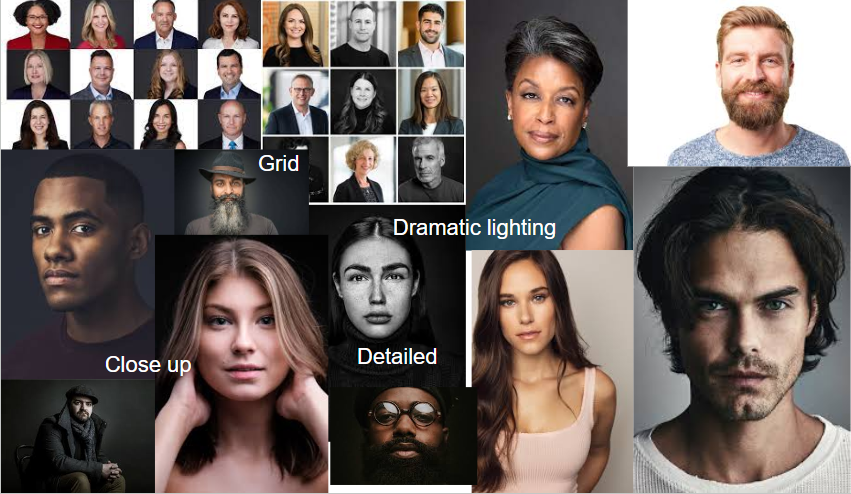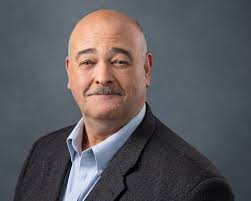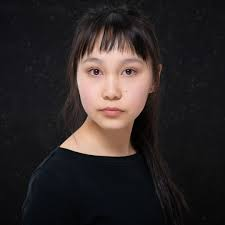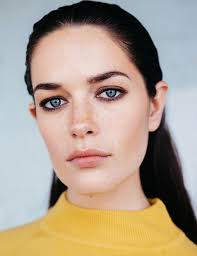
What are headshots?
Headshots are a style of photography in which a persons head and top of their shoulders are in the view. They tend to be a practical choice like a passport photo that is a headshot and things like documentative portraiture. Many famous photographers have done headshot projects which have become what they are known for as while they are most commonly used for a certain purpose like passport photos. Photographers have also used them to document uncomfortable or unsettling images of people, it’s a great way of getting us to look deeper into the photos and the people within the shots.
Technical
When it comes to technical elements within headshot photography there isn’t a huge amount to consider but the things that are involved can completely change the outcome of the headshot. I will need to make sure I have a good lighting set up and if I don’t I need to adjust my camera settings accordingly. These are fairly simple photos so if things are done well it is very noticeable.
Camera settings (flash lighting)
Tripod: optional
Use transmitter on hot shoe
White balance: daylight (5000K)
ISO: 100
Exposure: Manual 1/125 shutter-speed > f/16 aperture
– check settings before shooting
Focal length: 105mm portrait lens
Camera settings (continuous lighting)
Tripod: recommended to avoid camera shake
Manual exposure mode
White balance: tungsten light (3200K)
ISO: 400-1600 – depending on how many light sources
Exposure: Manual 1/60-1/125 shutter-speed > f/4-f/8 aperture
– check settings before shooting
Focal length: 50mm portrait lens
Deadpan
Deadpan is an commonly used facial expression that has the model with no emotion on their face. It is used for things like any id photos, as well as being a great tool photographers use to capture a great photo with a model who isn’t making and particular facial expression. Many photographers use it to depict the models feelings about a certain situation particularly one where they should be happy or overly upset. It stops the viewer guessing how the model is feeling by what is shown on their face and instead asks the viewer to look around and consider the context of the photo in cases where there is a background and foreground and not a backdrop. It is achieved by having the model have eye contact with the camera lens with an intense almost glare.



Passport photo rules from the UK government website
FACE:
- eyes must be open and clearly visible, with no flash reflections and no ‘red eye’
- facial expression must be neutral (neither frowning nor smiling), with the mouth closed
- photos must show both edges of the face clearly
- photos must show a full front view of face and shoulders, squared to the camera
- the face and shoulder image must be centred in the photo; the subject must not be looking over one shoulder (portrait style), or tilting their head to one side or backwards or forwards
- there must be no hair across the eyes
- hats or head coverings are not permitted except when worn for religious reasons and only if the full facial features are clearly visible
- photos with shadows on the face are unacceptable
- photos must reflect/represent natural skin tone
BACKGROUND:
Photos must have a background which:
- has no shadows
- has uniform lighting, with no shadows or flash reflection on the face and head
- shows a plain, uniform, light grey or cream background (5% to 10% grey is recommended
This is a great example of how to achieve and deadpan headshot and an example of how often they are used in daily life.

